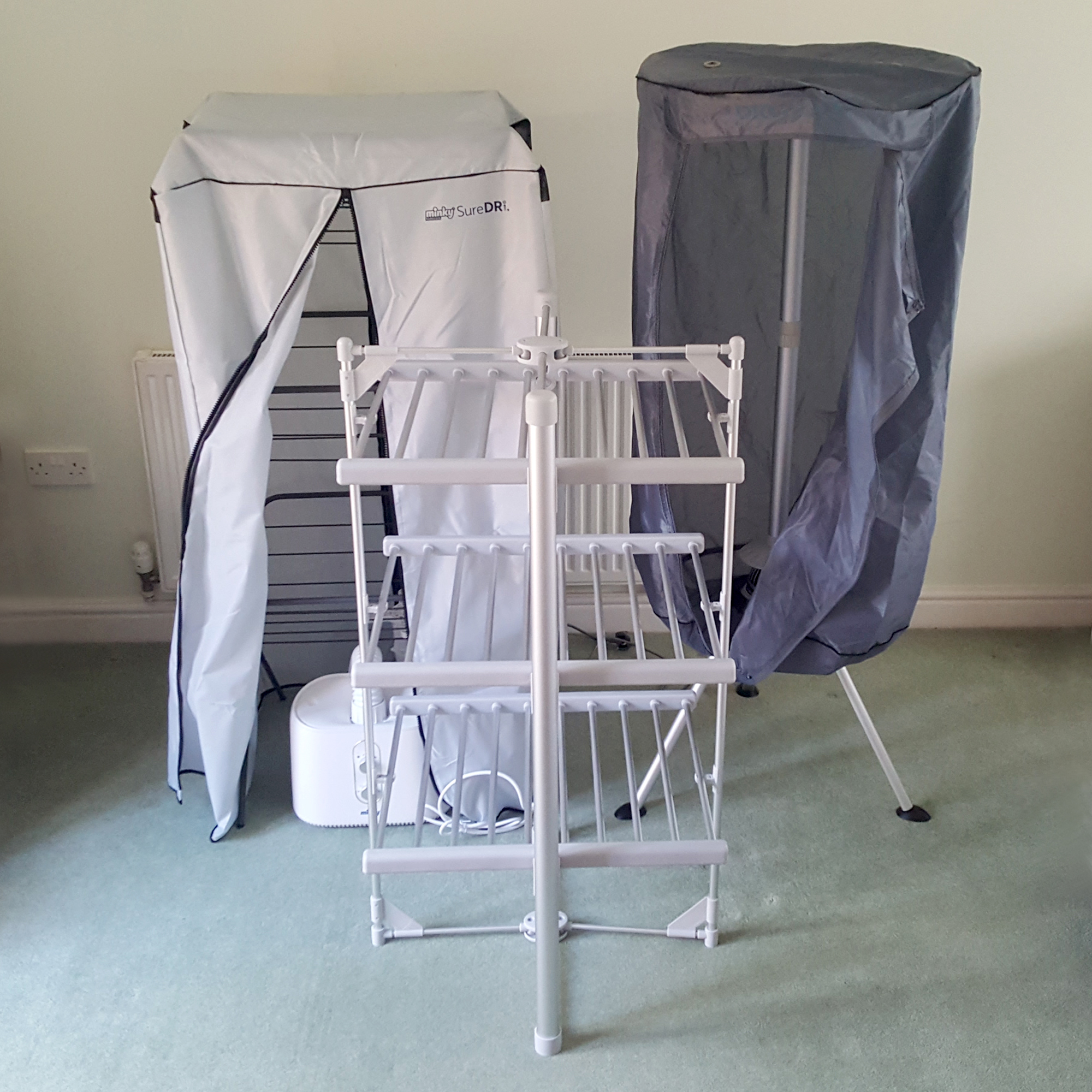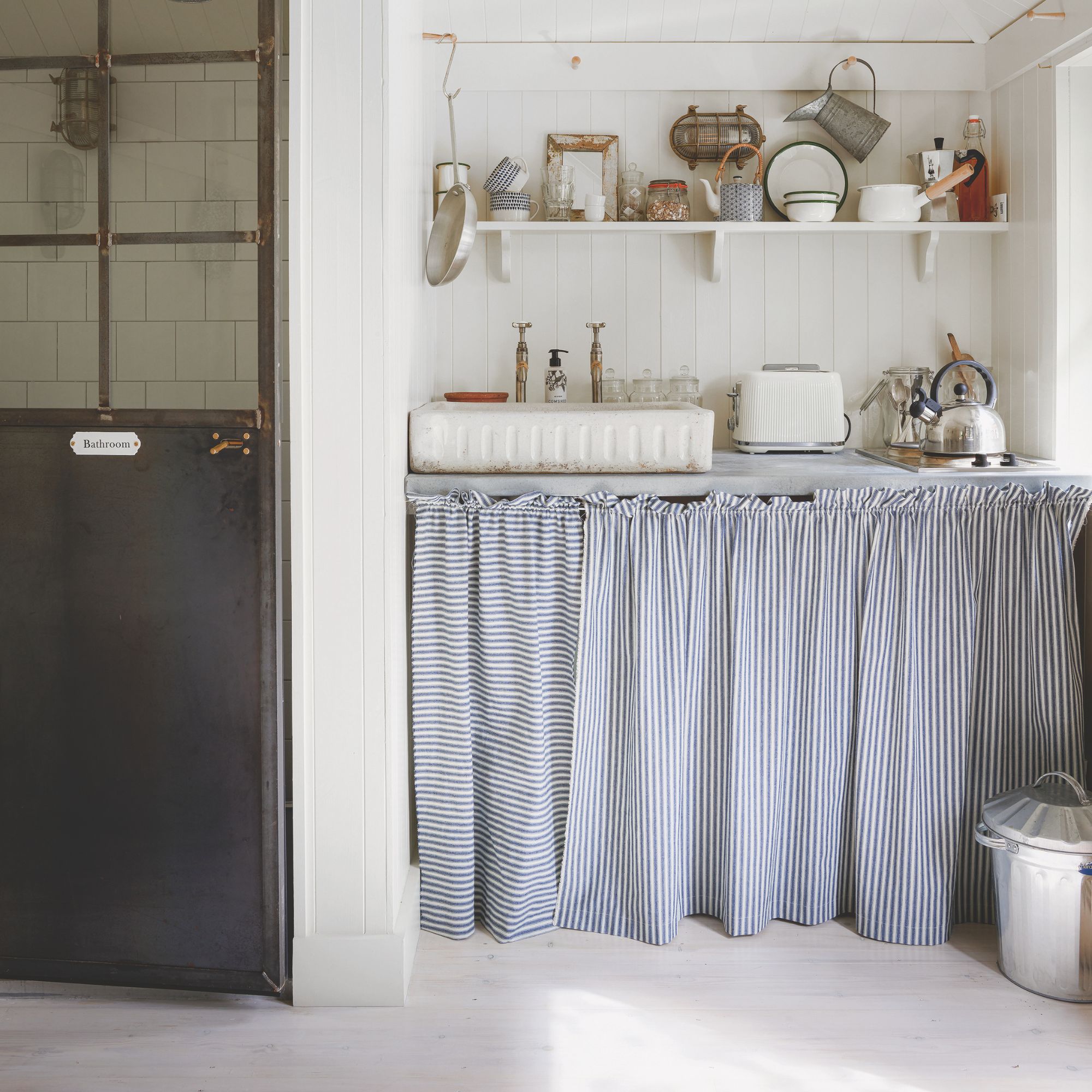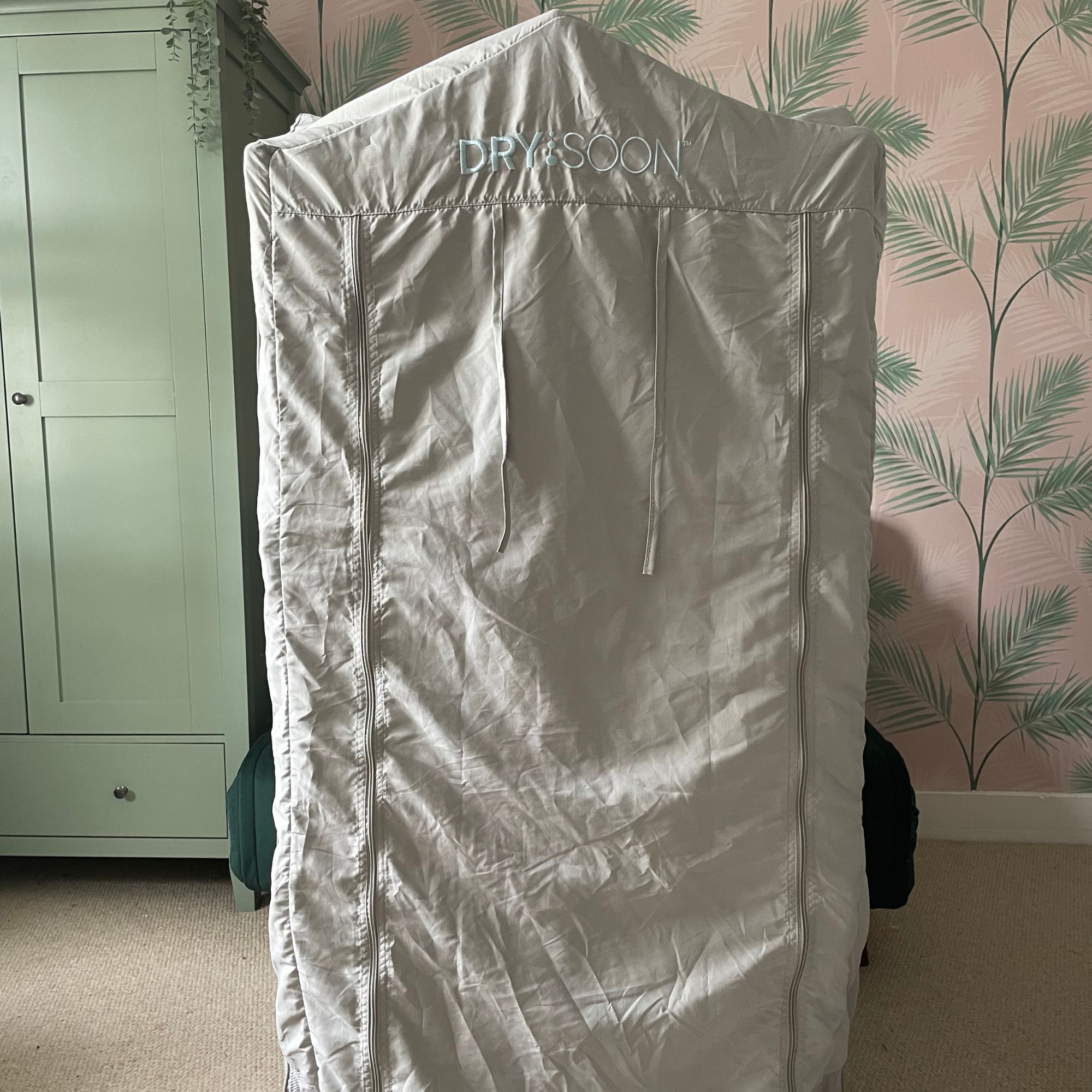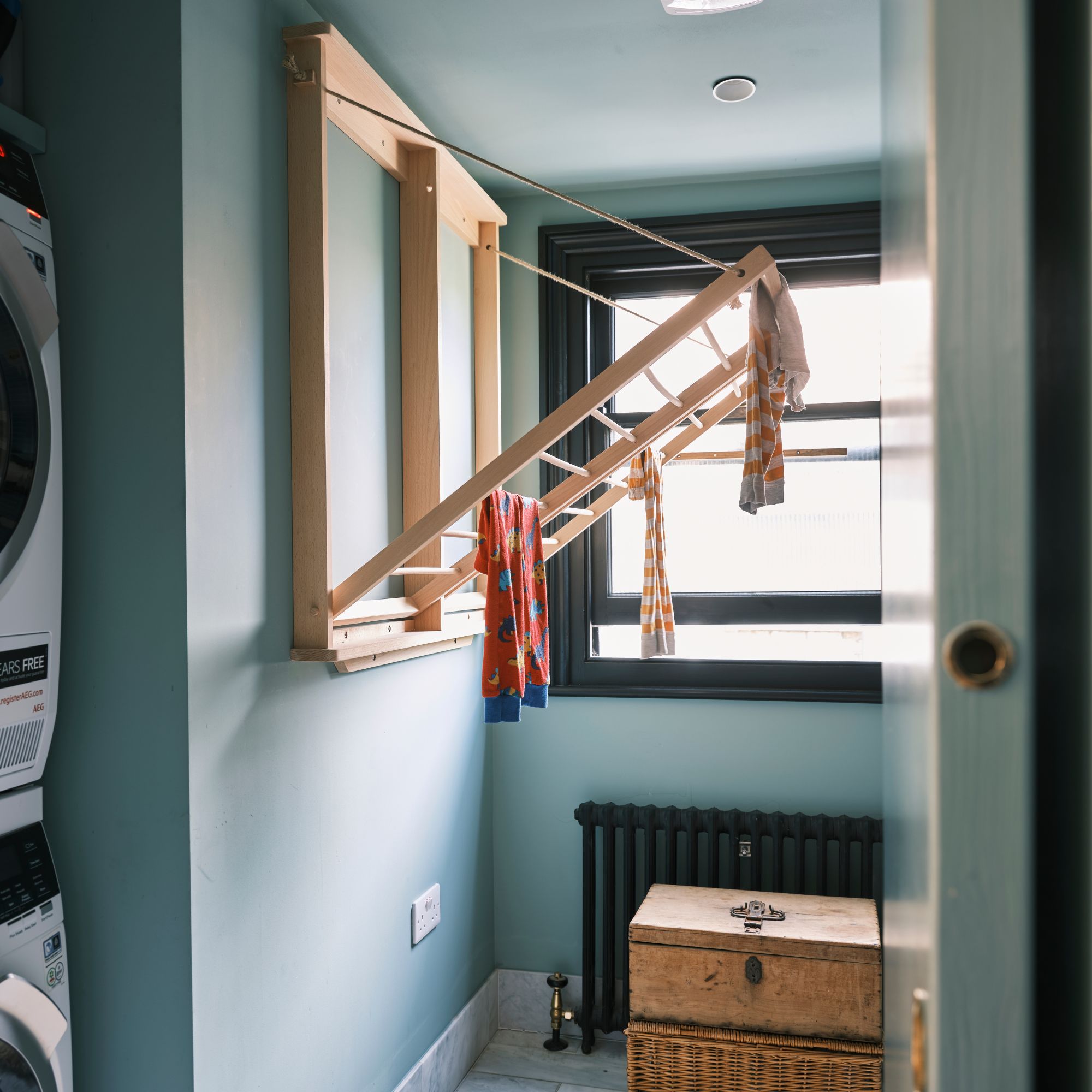
As I write about home appliances on a daily basis, you’d think that I’d know exactly what to buy for myself, my home, and my needs. But I’ll hold my hands up and say that I’ve made countless buying mistakes throughout my career, and now I’m sharing the 5 things I wish I knew before buying a heated airer, so you don’t waste your money on the wrong one like I did.
Yes, I’m the number one fan of the best heated clothes airers and could write about all of the benefits of a heated airer until the cows come home. But with so many different options on the market, I know that both choosing and using this appliance can be daunting. In fact, I’ve been there myself, and it didn’t take me long after buying my first heated airer to realise that I had been pretty clueless.
Not only did I buy the wrong heated airer, but I also needed to learn how to use it properly. And as some of my favourite heated airers are currently discounted in the Black Friday sales, I'm sharing the things I wish I knew before buying a heated airer to equip you with the information you need to choose the right one and use yours as effectively as possible.
Crowned the 'best overall' in our guide, this drying pod is equipped with its very own cover and won't take up too much space in your home - but it can still hang up to 18 hanging items in it at once.
If you regularly wash big loads or need to dry bed sheets, this heated airer offers the biggest capacity we've tested. In fact, it can handle 15kg of washing thanks to 21 metres of drying rack space. It can also be folded up when not in use.
If you're not 100% sure you want to shell out for a heated airer, this drying pod system is a great first step. It will turn any normal clothes airer into a heated airer thanks to its fan motor, and it even offers a cover to keep all of the heat where you need it.
1. Size really does matter

Many people associate the size of their heated airer with the actual physical dimensions of the appliance. In fact, that’s the heated airer buying mistake that I made - and so did Ideal Home’s Deputy Digital Editor, Rebecca Knight.
Yep, we both fell into the trap of choosing a heated airer that seemed as though it was the right dimensions for our homes rather than choosing one based on its load capacity. This essentially means the amount of laundry a heated airer can hold (and dry) at one time.
So, if you have a large family, a big washing machine, and regularly wash mammoth loads - or even bigger items like bed sheets - you’ll need to buy a heated airer with a bigger load capacity.
If you don’t, you’ll find yourself hanging towels and T-shirts on every available surface like I did until I upgraded to a heated airer with a bigger capacity.
2. You need to factor in space in your home

I’ll be honest; heated airers aren’t small, inconspicuous items that can be hidden out of the way. They’re big items that will take up a lot of space in your home - both when in use and when not in use. I didn’t consider this before buying a heated airer, and now my home office basically becomes a dry cleaners every time I want to dry a load of laundry.
That’s because you need to be very careful about where you place a heated airer, as it can damage your floors. This is echoed by Liam Cleverdon, Flooring Expert at Flooring King, who says, ‘As clothes dry, they release moisture into the air. This increased humidity can settle on the flooring, creating an environment conducive to mould growth and mildew. Over time, this excess moisture can also lead to damage to various flooring materials, including carpet and wood.’
In fact, it can even lead to warping in engineered wood and laminate if you’re not careful. So, you need to find a designated space for your heated airer that won’t damage your floors while also offering you the chance to open up a window to let out any excess moisture.
If physical space is an issue, you can also weigh up the different types of heated airer. A winged heated airer (which is wide and short) won’t suit a smaller home, but a taller and thinner one - or even a drying pod - will.
3. There’s no point buying one without a cover

When I first bought my heated airer (the Dry:Soon 3-Tier Heated Airer), I bought it without a cover - another mistake I regret. While I had nothing bad to say about the quality or the capabilities of the heated airer, I soon realised that it was taking over two hours longer than it should have to dry my clothes.
And while it doesn’t cost too much to run a heated airer, I’m still conscious of saving energy at home and cutting costs where I can. So, after a little research, I discovered that in most cases, you do need a cover for your heated airer.
In fact, if you buy one without a cover, your heated airer will also heat up a room rather than dedicating all of its heat to your clothes - something that’s handy when trying to keep a home warm in winter but not when you want dry items quickly.
Because of this, I wish I had known before buying a heated airer that it’s always better to buy a bundle that includes both the heated airer and the cover in one. But if you don’t want to buy a cover, you could also use the TikTok heated airer sheet hack instead.
4. There’s an art to clothing placement

Buying a cover for my heated airer drastically reduced my drying time, but another thing I wish I knew before buying a heated airer was that correct clothing placement is also key. In fact, it’s one of the best ways to get the most out of your heated airer.
I’ve had my heated airer for two years and discovered that hanging clothes on multiple rails (rather than dedicating one rail to one item) is the best way to ensure each item gets as much heat as possible to dry efficiently. Which rail you put them on also matters.
As Stuart Middleton, consumer energy expert at So Energy, explains, ‘Because heat rises, the clothes that are hung on the top tiers will likely dry first – so once these are ready to be put away, move your other garments up to fill their place. This will help to ensure that everything dries as quickly as possible, also reducing the amount of power you need to use.’
So, it’s always worth keeping an eye on your heated airer throughout the drying process - which is why I would always recommend using it while you’re at home. And while you can technically leave a heated airer on overnight, this does mean that you won’t be able to get involved and speed up the drying time.
5. You might have to take extra precautions

Although I wouldn’t be without my heated airer now and have recommended it to all of my friends and family, it’s fair to say that it’s not the perfect appliance.
In fact, that’s why many experts advise against using heated airers to dry clothes indoors. Cat Wiltshires from OnlineBedrooms.co.uk warns, ‘Sticking bedding on radiators and heated airers may seem tempting, but when the wet sheets come into contact with the warm heat, it lets off more moisture into the air, which could eventually cause dampness and mould.’
As I love my heated airer and do think it’s transformed how I dry clothes in winter and how I dry bedding in winter, there’s no way that I’d stop using it altogether because of this excess moisture. But after I learned that using a mixture of both wins the dehumidifier vs heated airer debate, I now use my dehumidifier when it’s particularly cold and wet outside to ensure the room stays at the ideal humidity.
So, another thing I wish I knew before buying a heated airer is that sometimes you also need one of the best dehumidifiers to tag team your laundry with. Thankfully, I already had one, but it's well worth investing in one if you don’t already have one.
This dehumidifier is an Ideal Home favourite, and perfect for getting rid of condensation and working alongside your heated airer. As it's so popular, it regularly sells out - but its predecessor, the MeacoDry Arete One, is a worthy contender, too.
If you're looking for an affordable dehumidifier to use alongside your heated airer, this one should fit the bill. And while it doesn't have a dedicated Laundry Mode, our tests found that it can still dry wet washing with ease.
As this dehumidifier has been crowned the 'best dehumidifier for drying clothes,' it's probably no surprise to see it on this list. With a powerful extraction and a dedicated Laundry Mode that can't be beaten, it's the ideal companion.
Since my first heated airer I have remedied many of my own mistakes, and now I wouldn't' be without it on laundry day.







